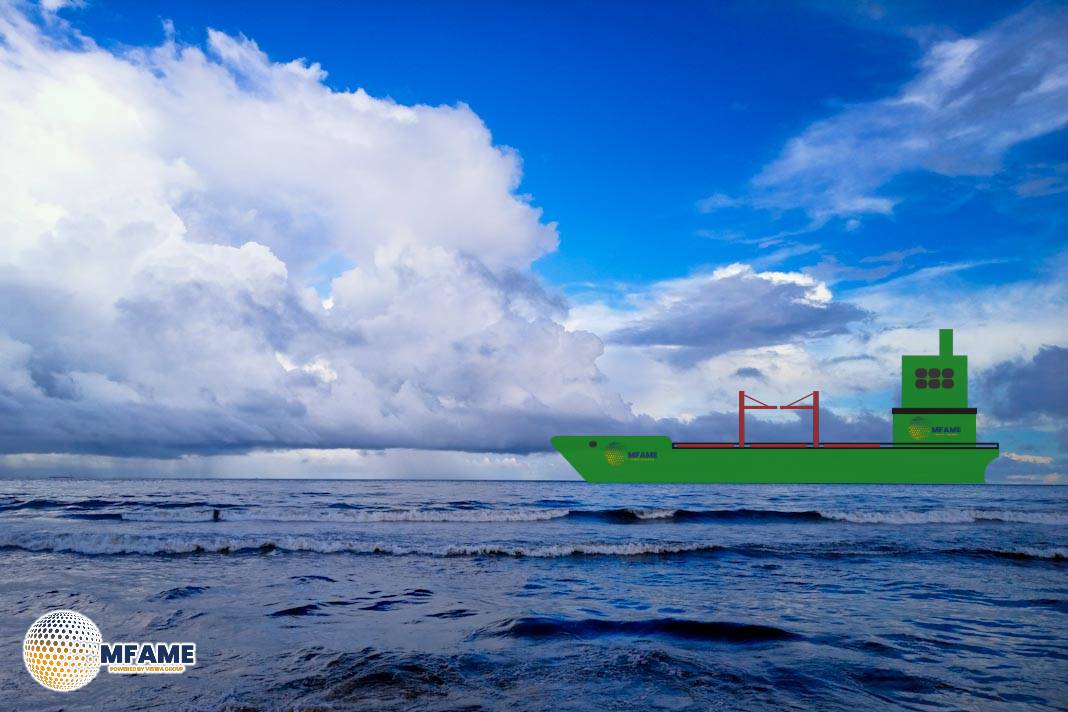- Marine and Coastal Tourism Dominates Ocean Economy Employment.
- Offshore Oil and Gas Contribute More to GDP Than Jobs.
- Offshore Wind and Marine Renewables Show Rapid Growth.
From 1995 to 2020, the ocean economy has continually underpinned more than 100 million full-time equivalent (FTE) employment globally, peaking at 151 million in 2006. Even though it declined to 101 million by 2020 because of the COVID-19 pandemic, things have been returning to normal as recovery efforts resumed, and the number of employment got nearer to what they were pre-2019, reports OECD.
Main Ocean Economy Employment Drivers
- Marine and Coastal Tourism: The largest provider of ocean economy jobs, marine and coastal tourism, comprised about 60% of ocean FTEs worldwide between 1995 and 2020. This people-intensive sector, such as beach resorts, cruise ships, and cultural tourism, remains a significant job generator.
- Marine Fishing, Aquaculture, and Processing: This sector was the second largest employer, representing about 22% of ocean FTEs, significantly less than tourism, but still a crucial component of the ocean economy.
GDP Contribution of Ocean Economic Activities
While marine and coastal tourism was the dominant activity in terms of FTEs, offshore oil and gas extraction contributed more to global GDP despite employing fewer people. This discrepancy highlights the varied economic impacts of different ocean-related industries.
Growth of Offshore Wind and Marine Renewables
Offshore wind and marine renewables are on the cusp of being rapid-growing sectors of the ocean economy. The industry is still in its initial phase, especially as far as employment is concerned, but is ready to expand in the future as nations build out their offshore wind capacity.
Ocean Economy Employment by Region
- Asia-Pacific Leads Ocean Economy Employment: Asia-Pacific is home to more than two-thirds of the world’s ocean economy jobs, and China and India combined contribute almost 40% of the total FTEs.
- Africa’s Explosive Growth: Africa has recorded the highest expansion in ocean economy jobs, notably in Sub-Saharan Africa (3.4% average annual growth) and Northern Africa and Western Asia (1.8% growth). Meanwhile, employment has decreased in Europe and North America, with adverse average annual growth rates in these two regions.
Ocean Economy Employment Growth across Various Sectors
- Maritime Transport and Ports: Maritime transport and ports have exhibited remarkable expansion, most notably in Asia-Pacific and Northern Africa and Western Asia. This expansion stands in contrast to the muted expansion of marine and coastal tourism, which is the largest employer in the majority of regions.
- Regional Employment Trends: For all other areas, marine and coastal tourism in the region reported moderate or decelerating expansion with the notable exception of Sub-Saharan Africa where labor employment within the sector expanded by 3.7%. For Latin America and the Caribbean, modest tourist industry FTEs growth also followed.
The Future of Ocean Economy Employment: Automation, Skills, and Resilience
The ocean economy is also experiencing a technological revolution with automation and AI solutions raising productivity. But these solutions have the potential to replace old jobs, like dockworkers and crew, while generating new specialised roles in new industries like offshore wind and marine biotechnology. There will be a need for early planning and investment in upskilling initiatives to create a sustainable workforce.
Challenges in Measuring Ocean Economy Employment
It is difficult to collect reliable data on ocean economy employment because of the underreporting of informal employment in industries like artisanal fishing. The ocean economy also intersects with other industries, making it difficult to separate ocean-related employment in official statistics.
OECD’s Proxy Methodology for Estimating Ocean Economy Employment
The OECD created a proxy methodology to estimate ocean economy employment based on statistical proxies to disaggregate the broader economic categories. It allows for more consistent international comparisons through data regarding ocean output compared to other sectors, including agriculture and fishing.
Full-Time Equivalent (FTE) Employment Across Countries
The OECD approximates ocean economy employment in full-time equivalents (FTEs) to facilitate consistent comparisons across countries and sectors. This enables overcoming issues such as the underreporting of informal employees.
Did you subscribe to our daily Newsletter?
It’s Free Click here to Subscribe!
Source: OECD























